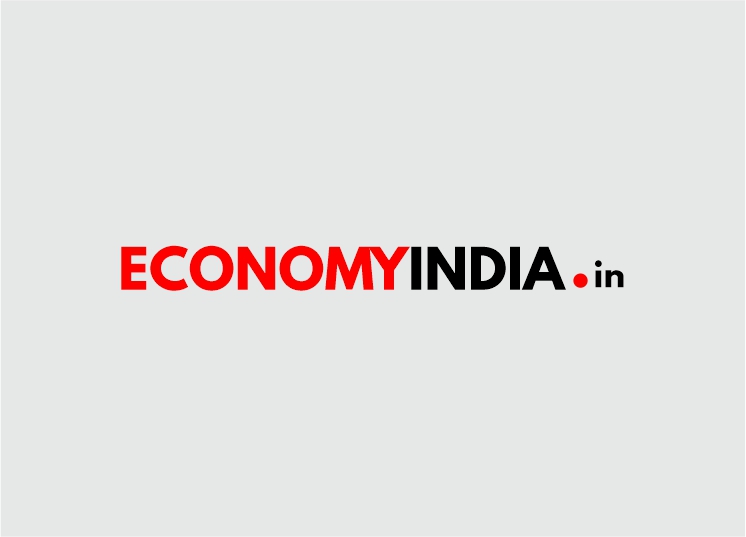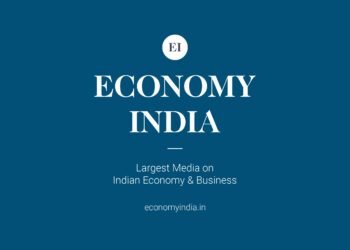In the modern world where India has also successfully integrated itself with the outside world, true and sustainable growth cannot come without aligning strategically with the Global Value Chains (GVCs).
The Covid-19 pandemic has put various countries including India in a situation where the supply chains are being reconfigured. Globalisation does include an element of volatility and as a result, when things go wrong, the economy of a nation is bound to take a hit.
International Monetary Fund (IMF)
India’s GDP, as per the IMF, is expected to have been reduced by 8 percent in FY 21. The merchandise exports which are an important segment of the economy, also shrunk by over 7 percent in FY 21. It is vital to note that in India’s target of US$ 5 trillion, 20 percent component is attached to the exports of goods and services.
The GOI’s self-reliance program aims “to make the country and its citizens independent and self-reliant in all senses”. Five pillars, namely, Economy, Infrastructure, System, Vibrant Demography and Demand, have been outlined for this campaign to succeed.
However, what is essential to understand is that in the modern world where India is integrated with the outside world, true and sustainable growth cannot come without aligning strategically with the Global Value Chains (GVCs).
India’s GVCs Scenario
The OECD’s Trade-in Value Added (TIVA) database provides insights into global supply chains, beyond the traditional trade numbers. India’s backward participation, which is the foreign value-added share of gross exports, was estimated at 19.1 percent in 2015, up from 18.8 percent in 2005. It had reached as high as 25.1 percent in 2012.
China saw some similar trends. The TIVA decreased from 26.3 percent in 2005 to 17.3 percent in 2015, but China’s exports are 9x to 10x when compared to India. Nations such as Vietnam have backward participation of over 40 percent.
Foreign Exports
On the forward participation front, which is an indication of how India is adding value to the foreign exports as a share of its own gross exports, it is revealed that India’s forward participation has declined from 16.6 percent in 2005 to 14.9 percent in 2016. For China, this increased from 15.6 percent to 17.5 percent, during the same period.
Domestic Value
However, one parameter on which India has increasingly been compared to the countries such as China and Vietnam in recent years is ‘domestic value-added in foreign final demand’. This parameter signifies the linkages that are direct with the final consumer such as the case of assembling of a final product.
In industries such as textile and apparel where India is competitive, its domestic value-added in foreign final demand as a share of gross exports is 36.4 percent. The same for China and Vietnam is 50.8 percent and 89.2 percent, respectively.
Further, the same parameter for the ‘computer, electronics, and optical products’ industry which includes various high-tech products, is only 22.2 percent for India. China (55.4 percent), Vietnam (87.7 percent), and Malaysia (88.5 percent) are way ahead.
How to Balance the Self-Reliance and Integration into GVCs?
Going forward integrating self-reliance into GVC would require a balanced approach. As India increasingly focuses on becoming self-reliant while producing for the world, it should also not be growing in a way where it gets restricted to being an assembly hub.
Other areas of GVCs such as designing, and research and development should be focused upon. These are upstream stages of production and are high-value stages and, add to making India a self-sustainable producer, in the long run.
Further, India should effectively use its MSMEs which are highly talented in doing business but somewhere face a plethora of challenges. The GVCs are nothing but a highly decentralized process of doing things.
When processes such as production, designing, etc. get decentralized, MSMEs have a significant scope to become a part of this chain. Given their contribution to India’s GDP, exports, and employment, the MSMEs tick all the boxes when it comes to growing sustainably.
India should also use its forums such as BRICS to promote these MSMEs in the start-up space, making them ready to be a part of GVCs.
India is already in the process of renegotiating the scope of some of its trade agreements which again, can allow the Indian businesses to directly contribute to the GVCs and the exports of the nation. But at the same time, the challenges such as low preference utilization rates should be addressed.
In conclusion, when a country like India wants to become self-reliant, it should be realized that Indian businesses today are catering to the demands of the world. Also, Indian consumers are extensively looking for variety when it comes to choosing products.
This process, which benefits Indian businesses and consumers, cannot be executed without giving an appropriate weightage to the value chains. Ultimately, a balance has to be achieved and maintained.
(Economy India)



